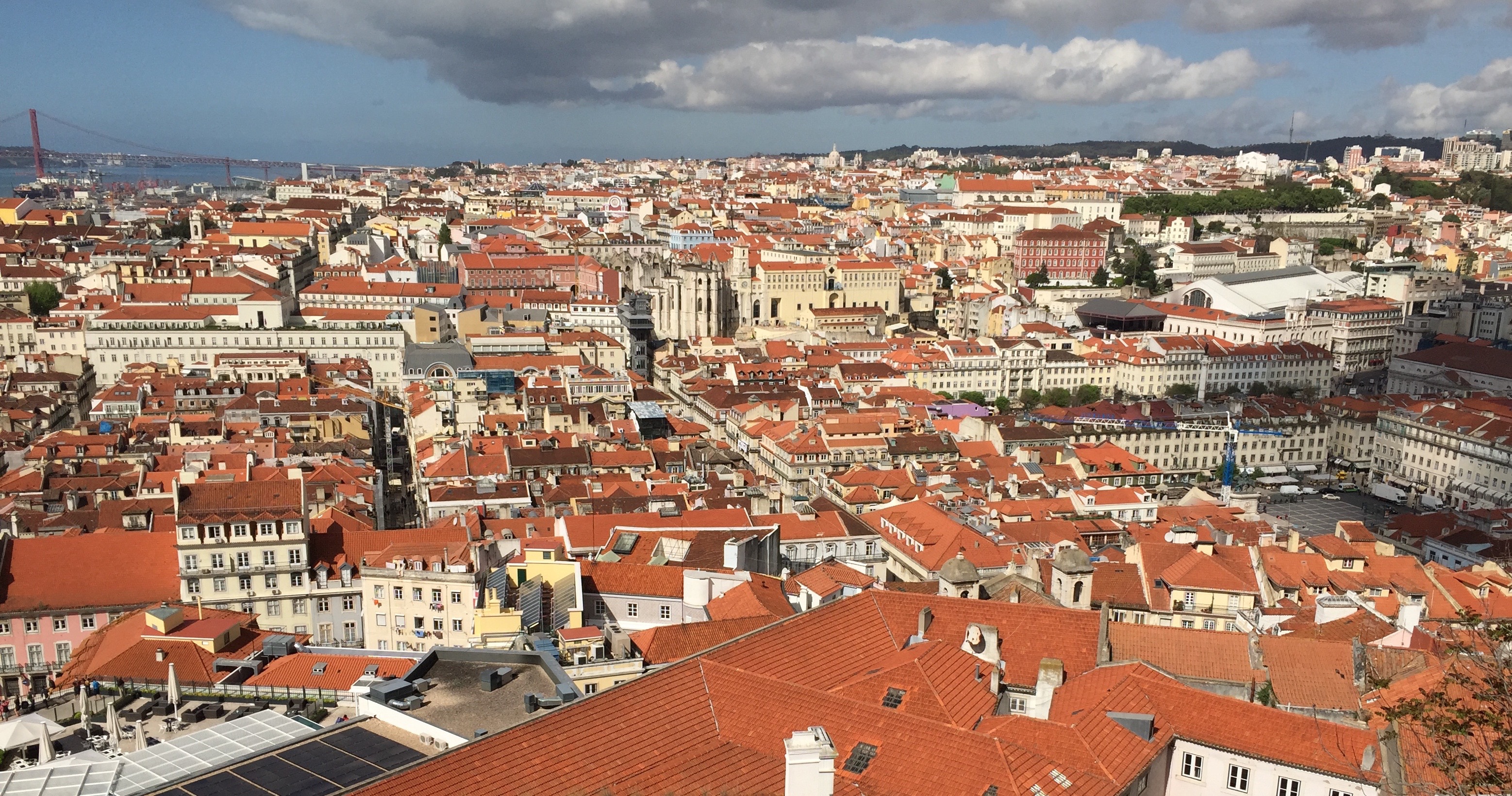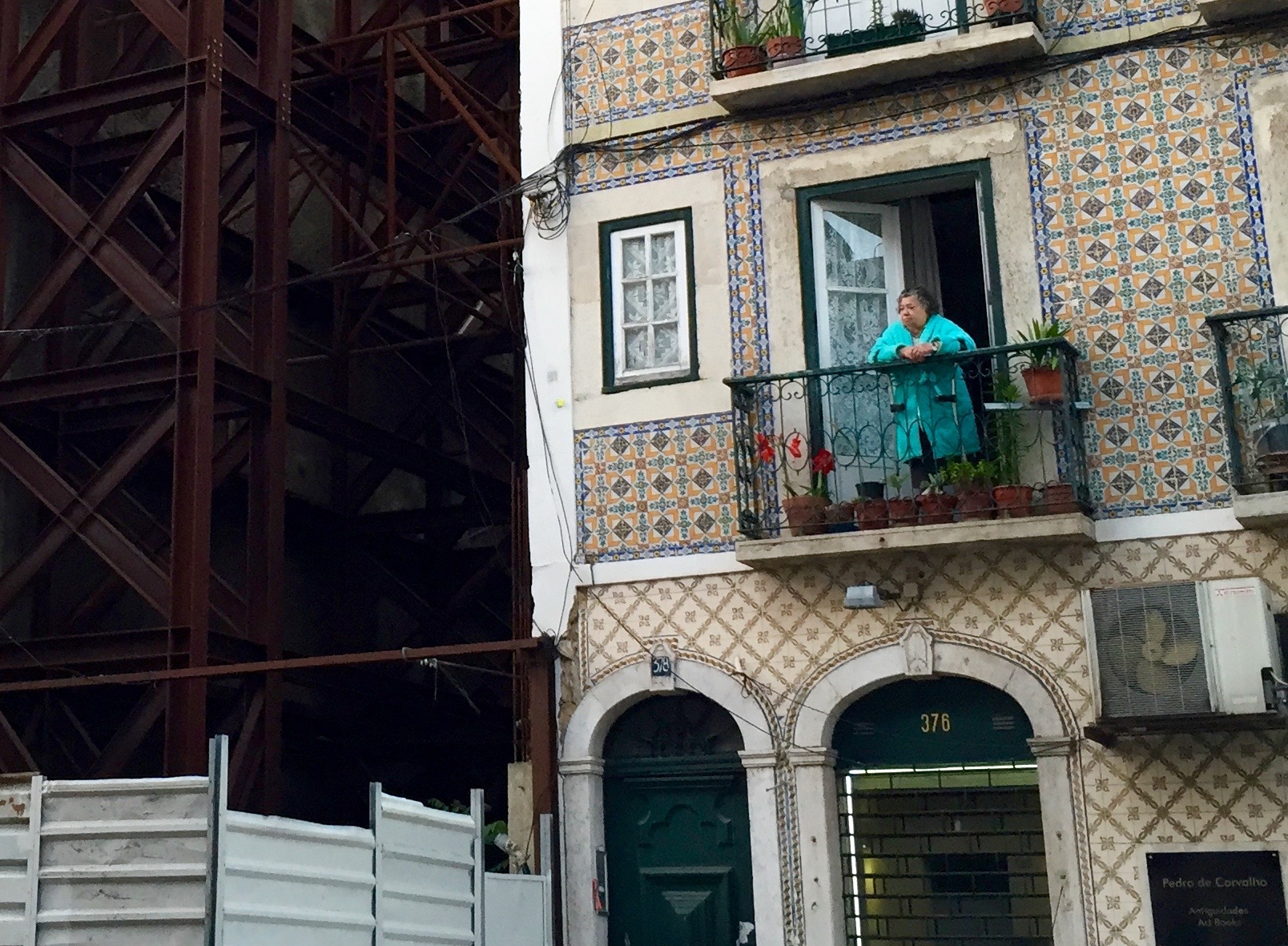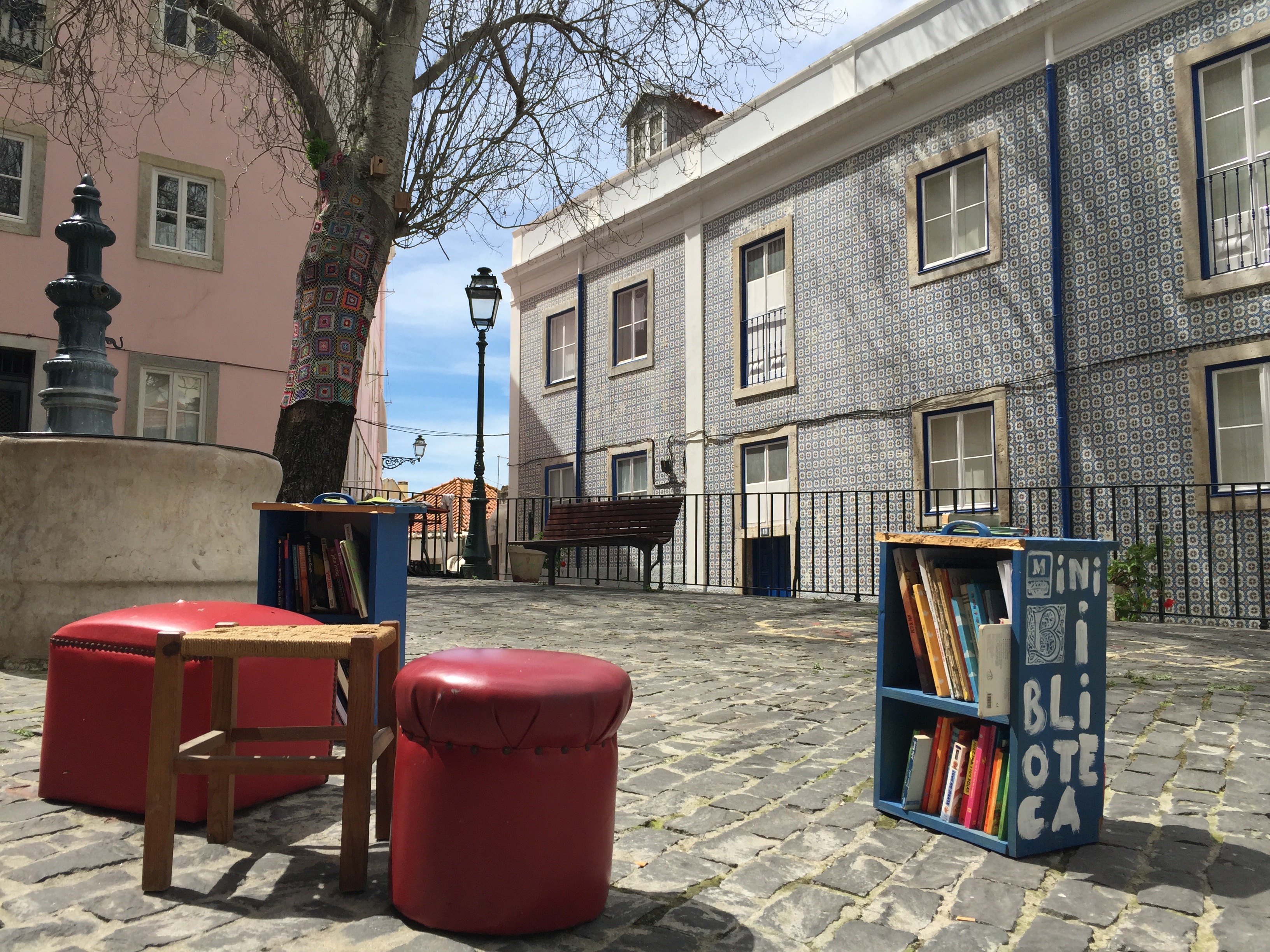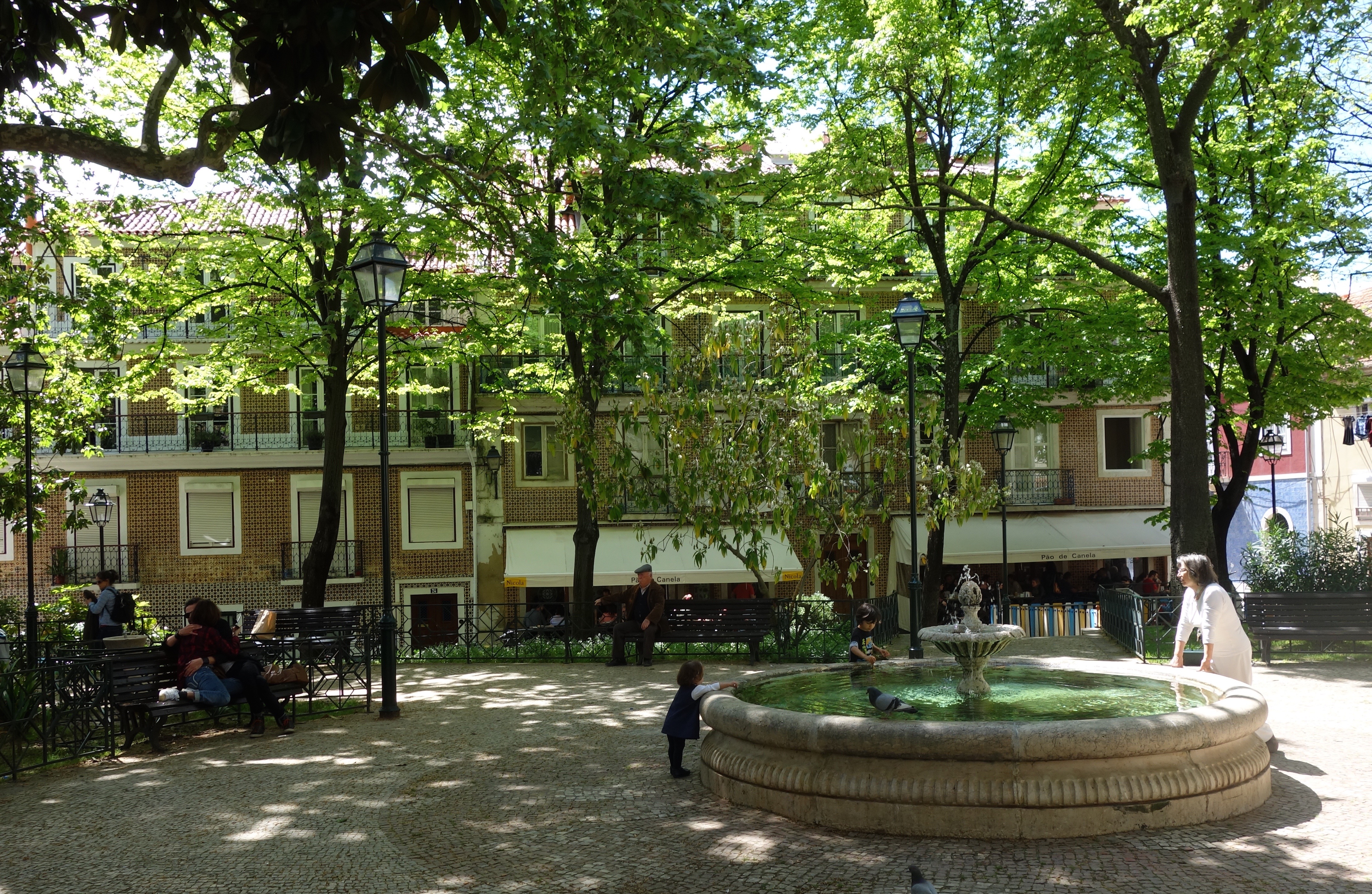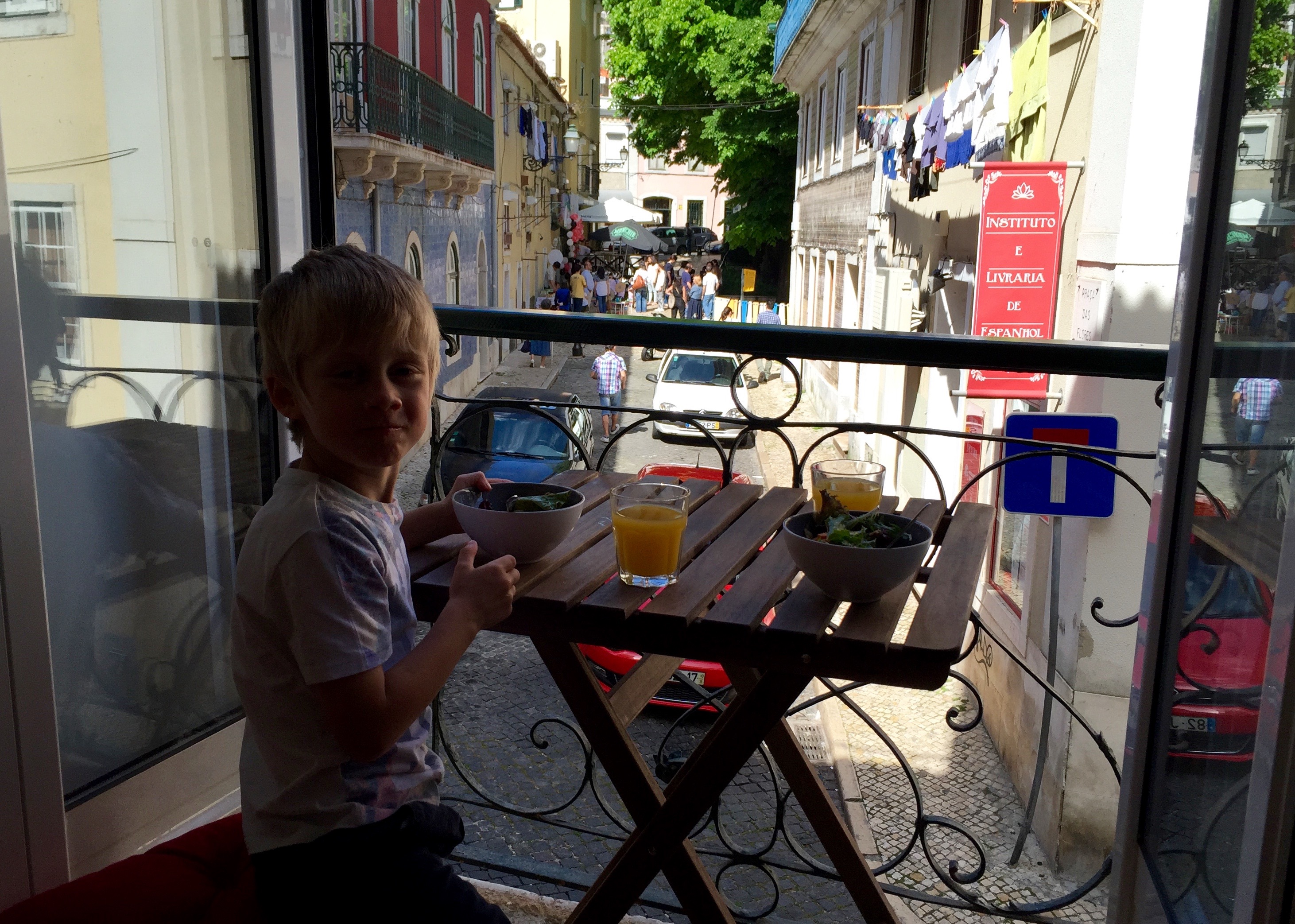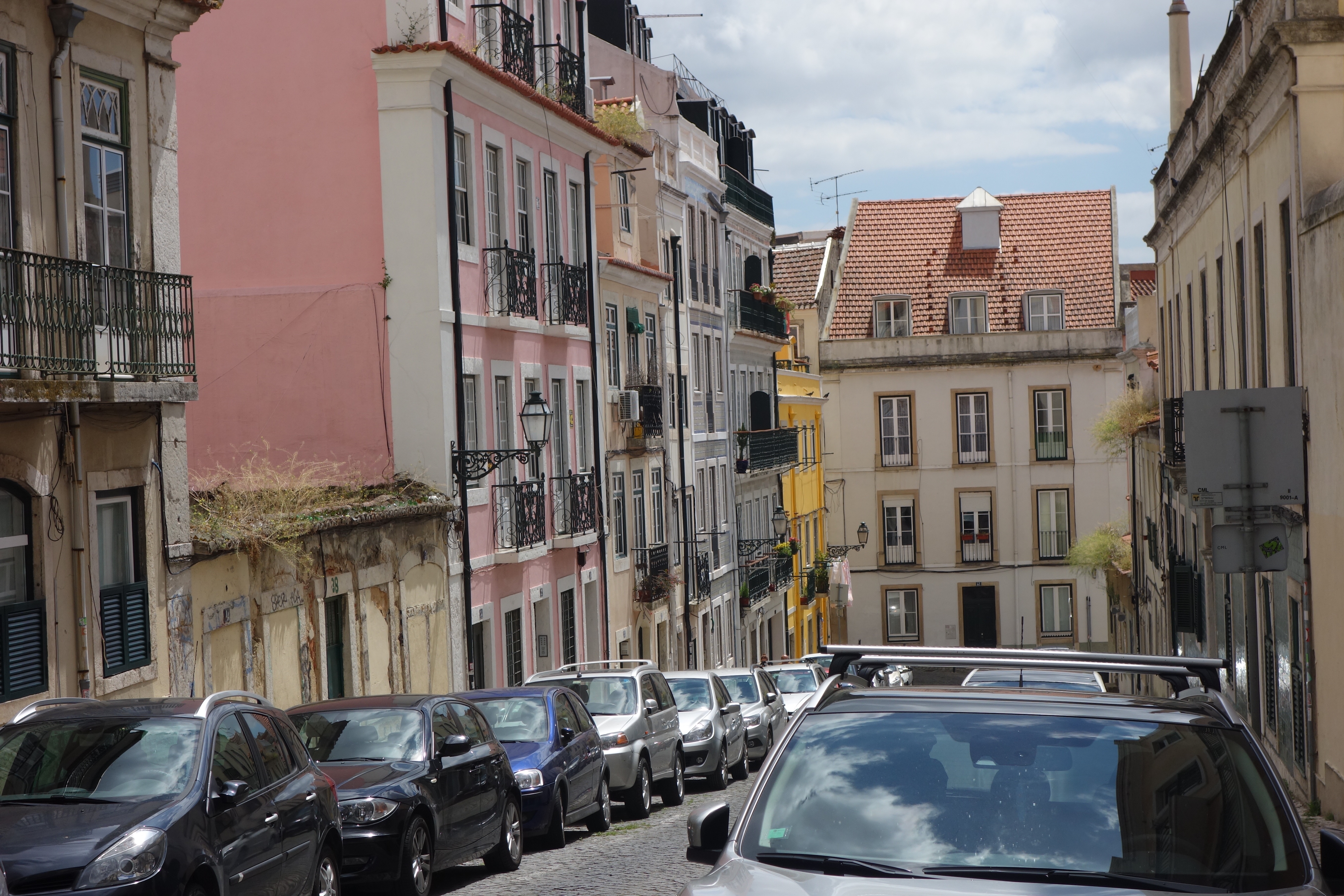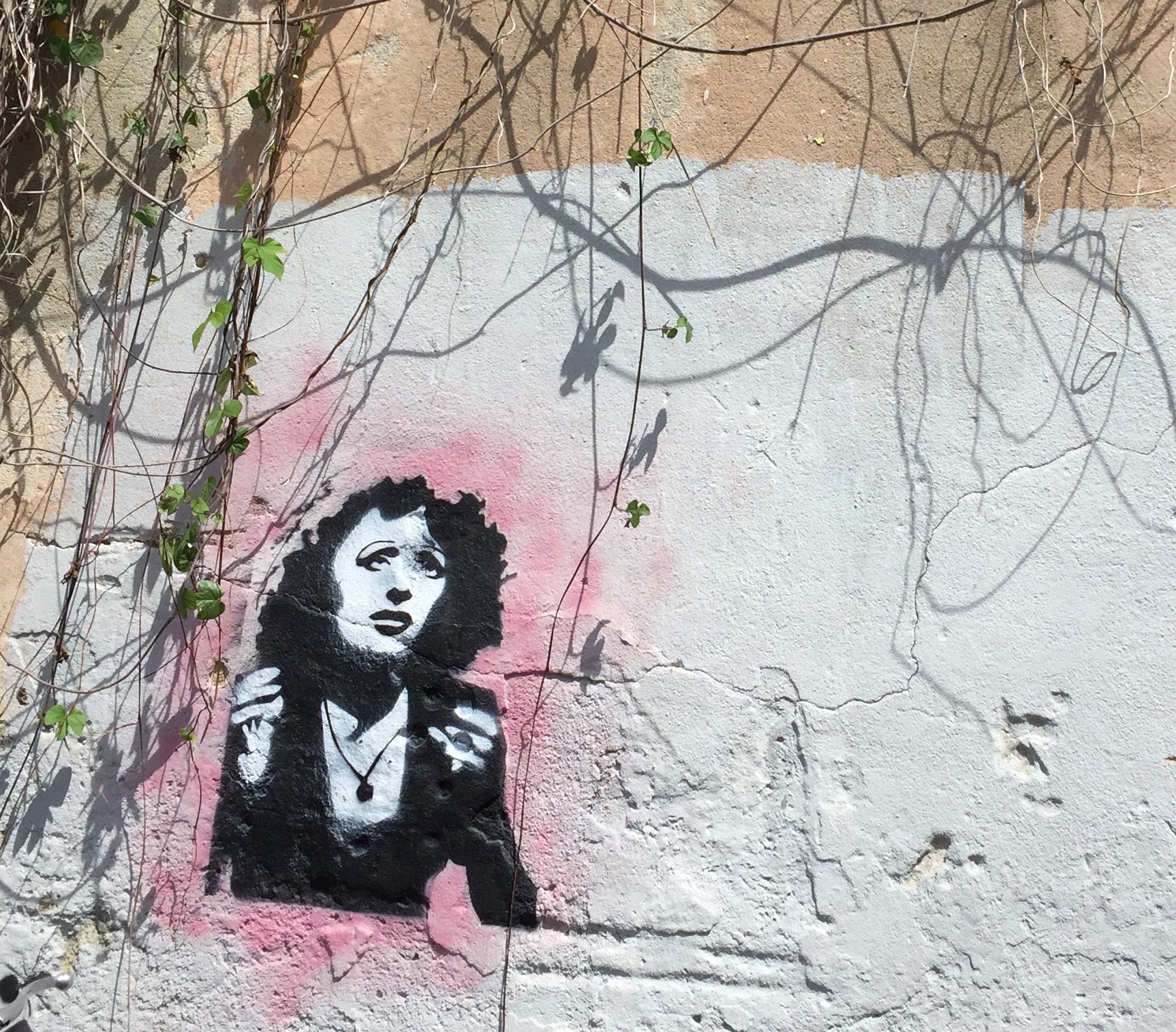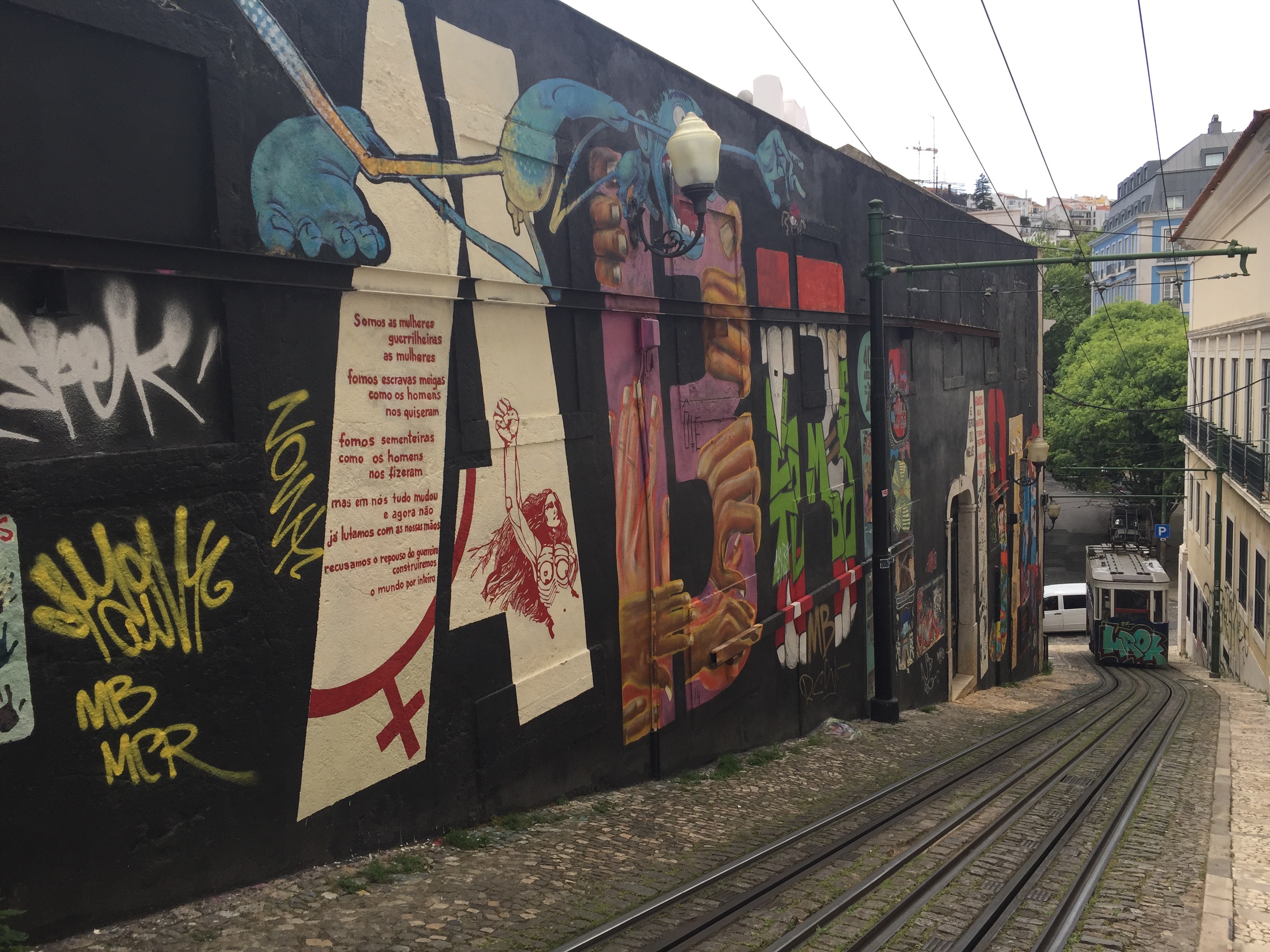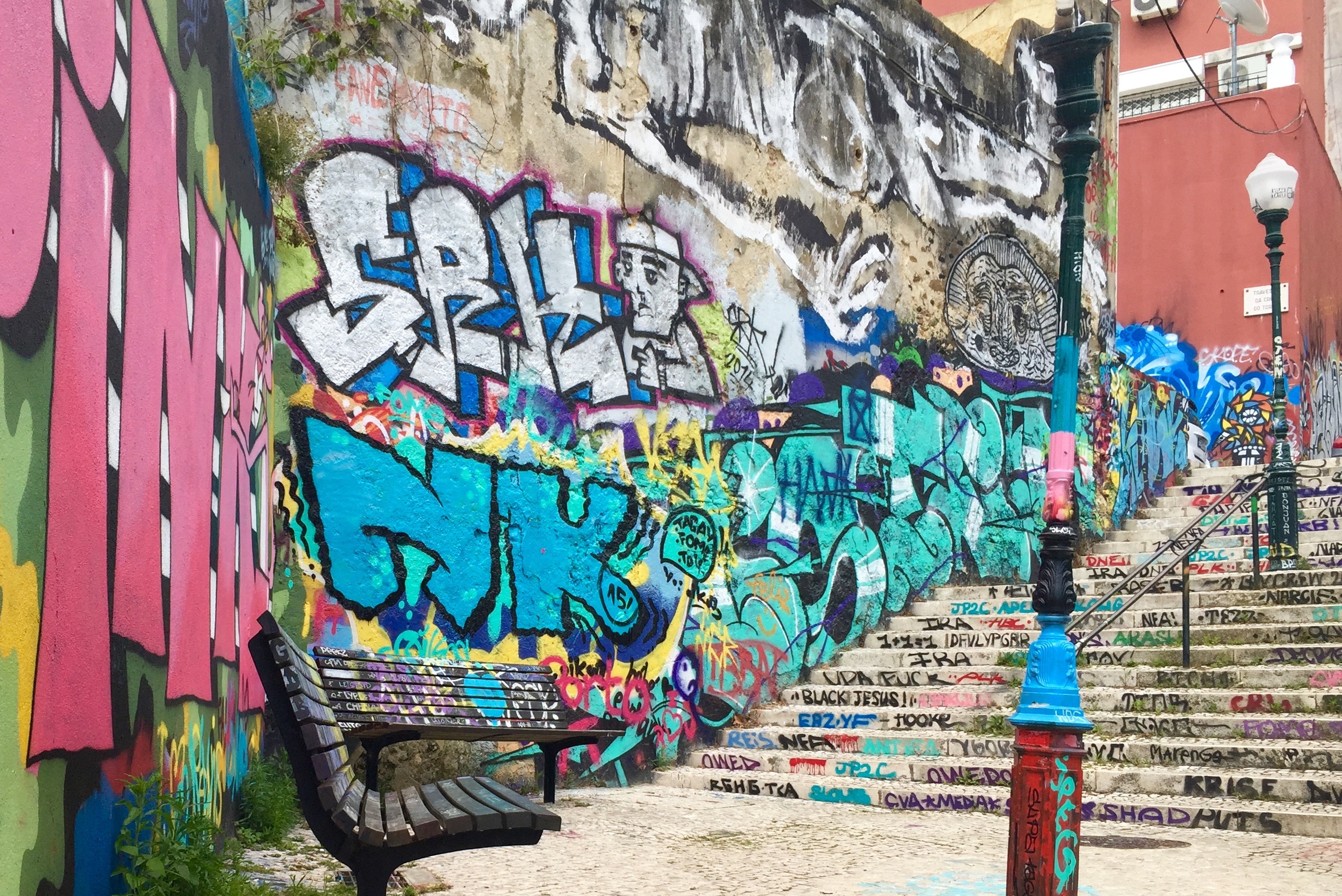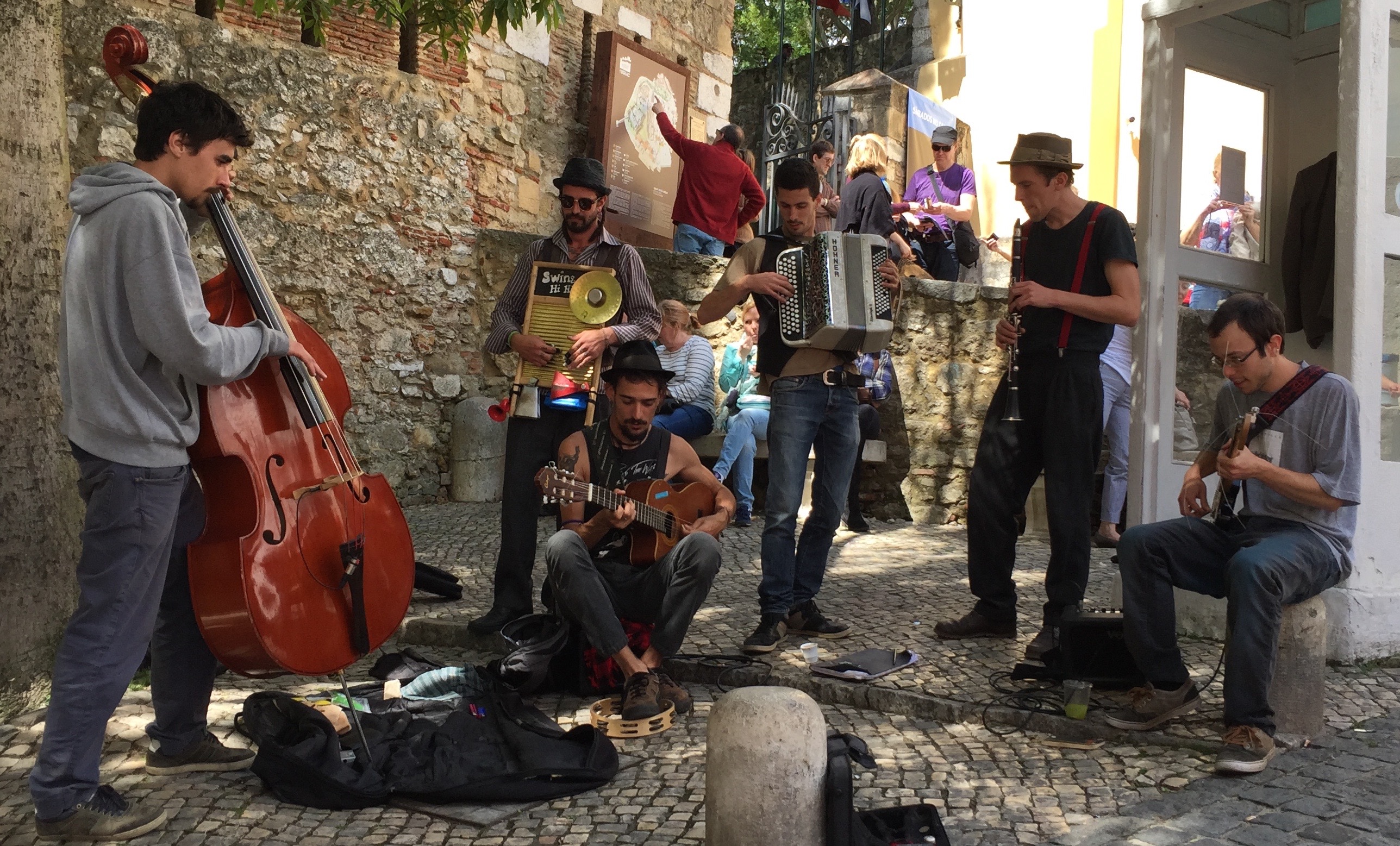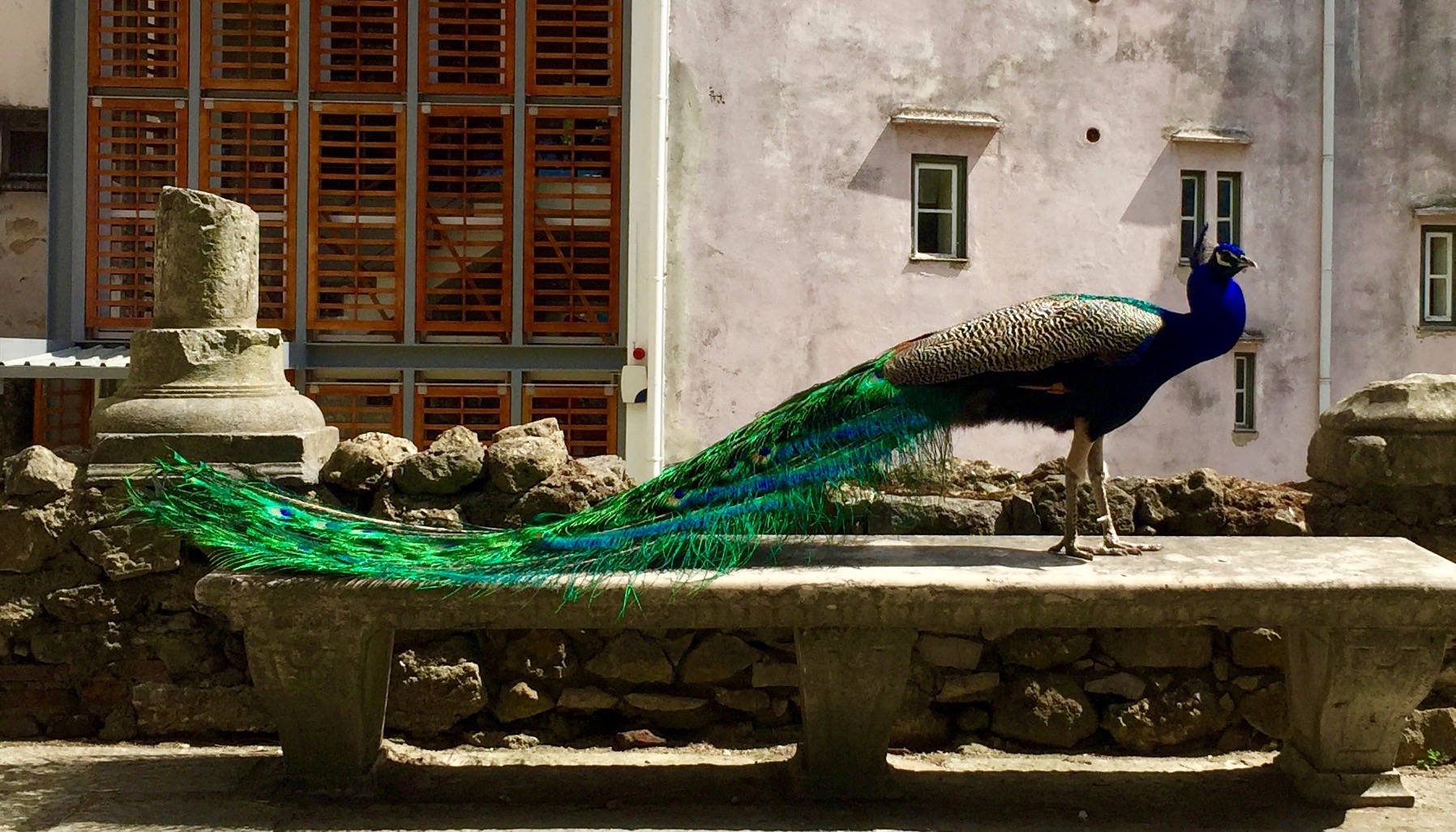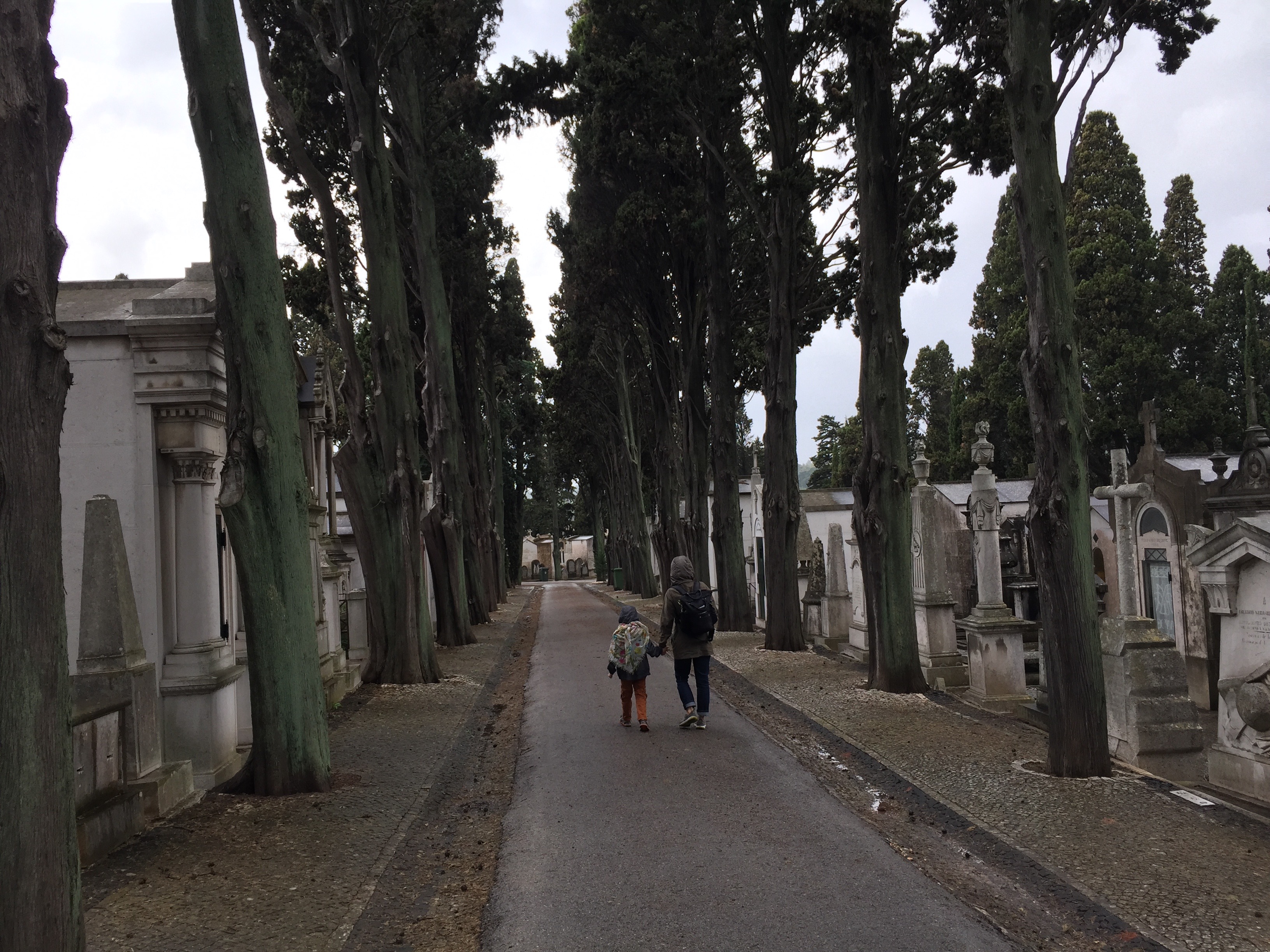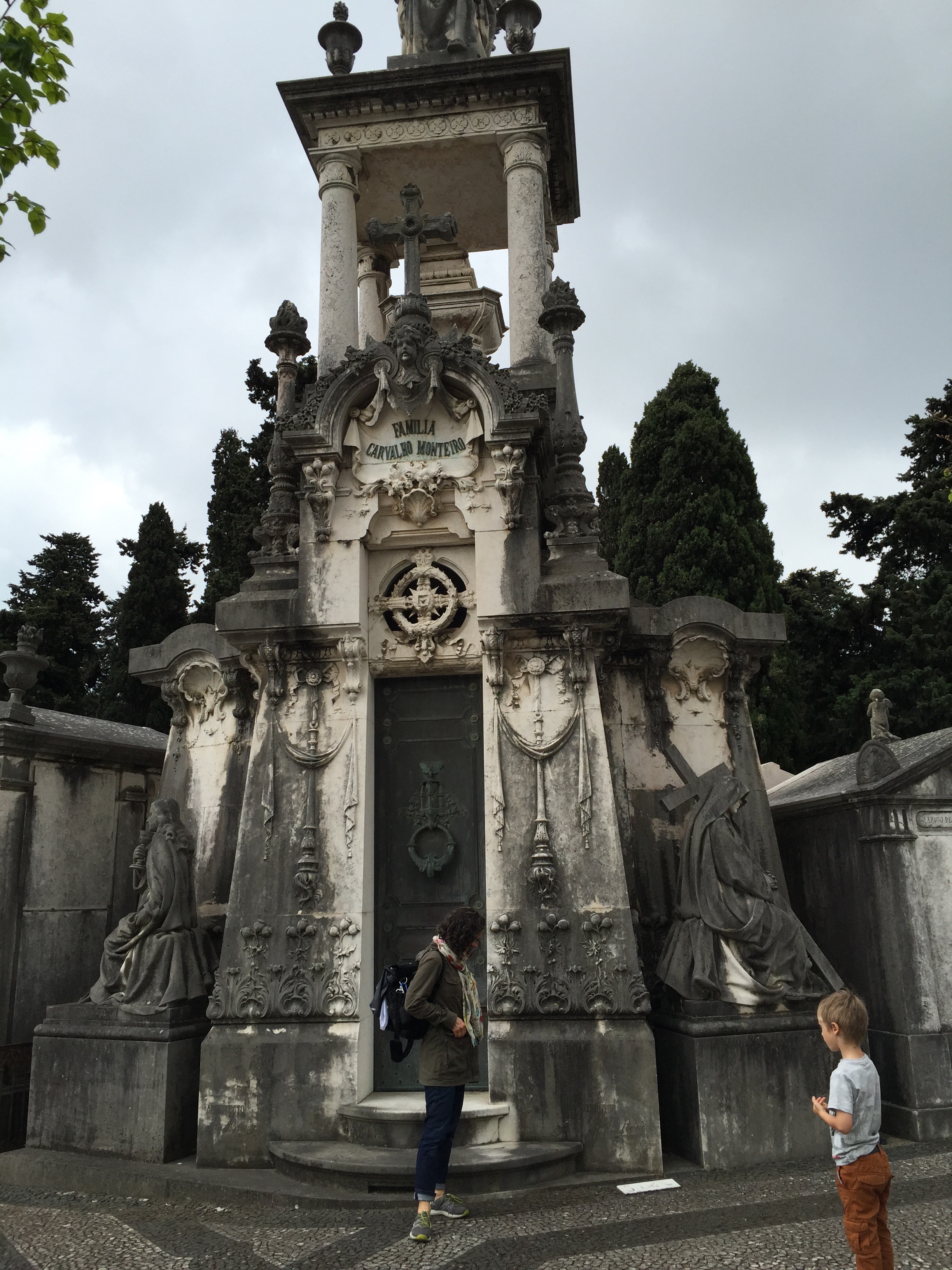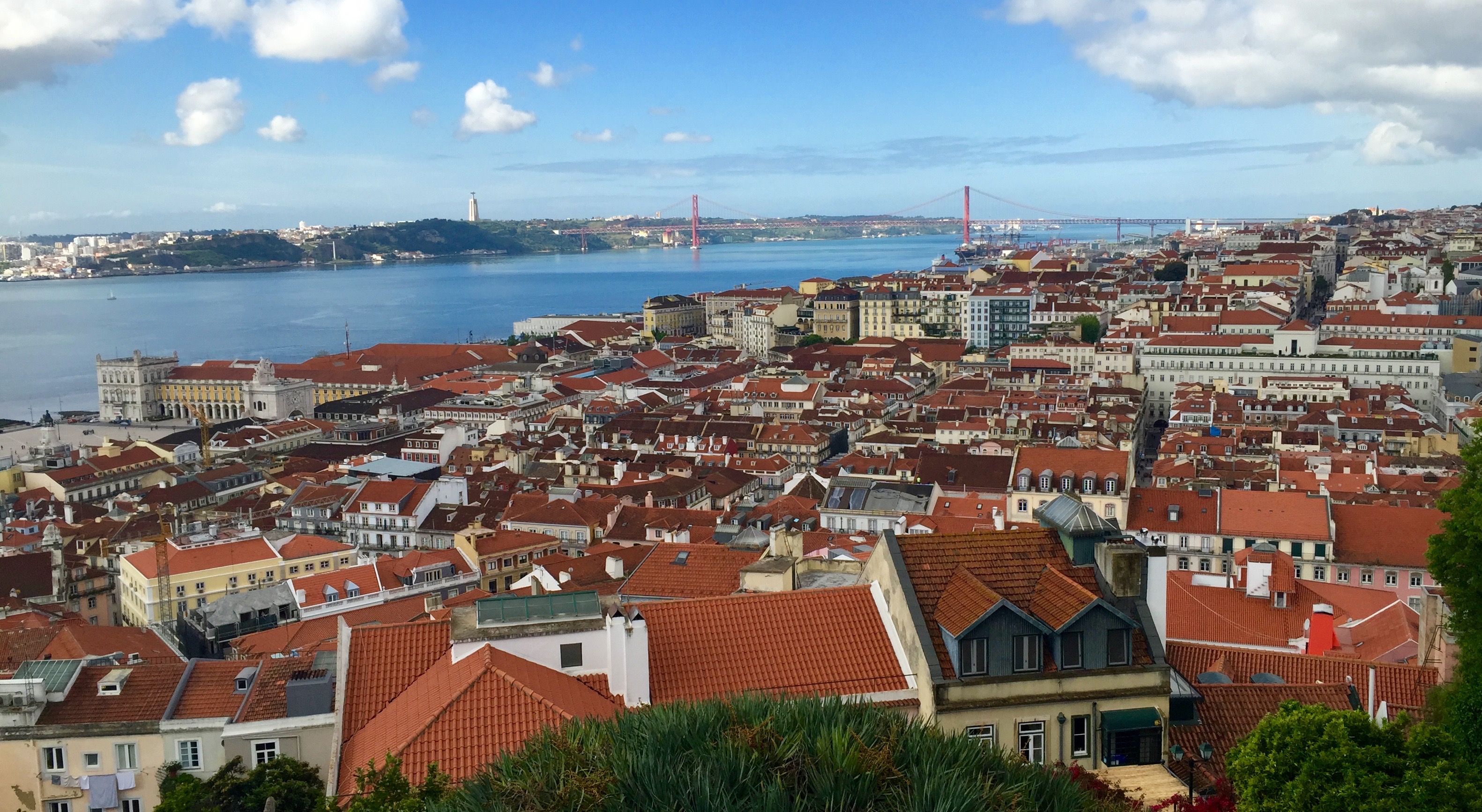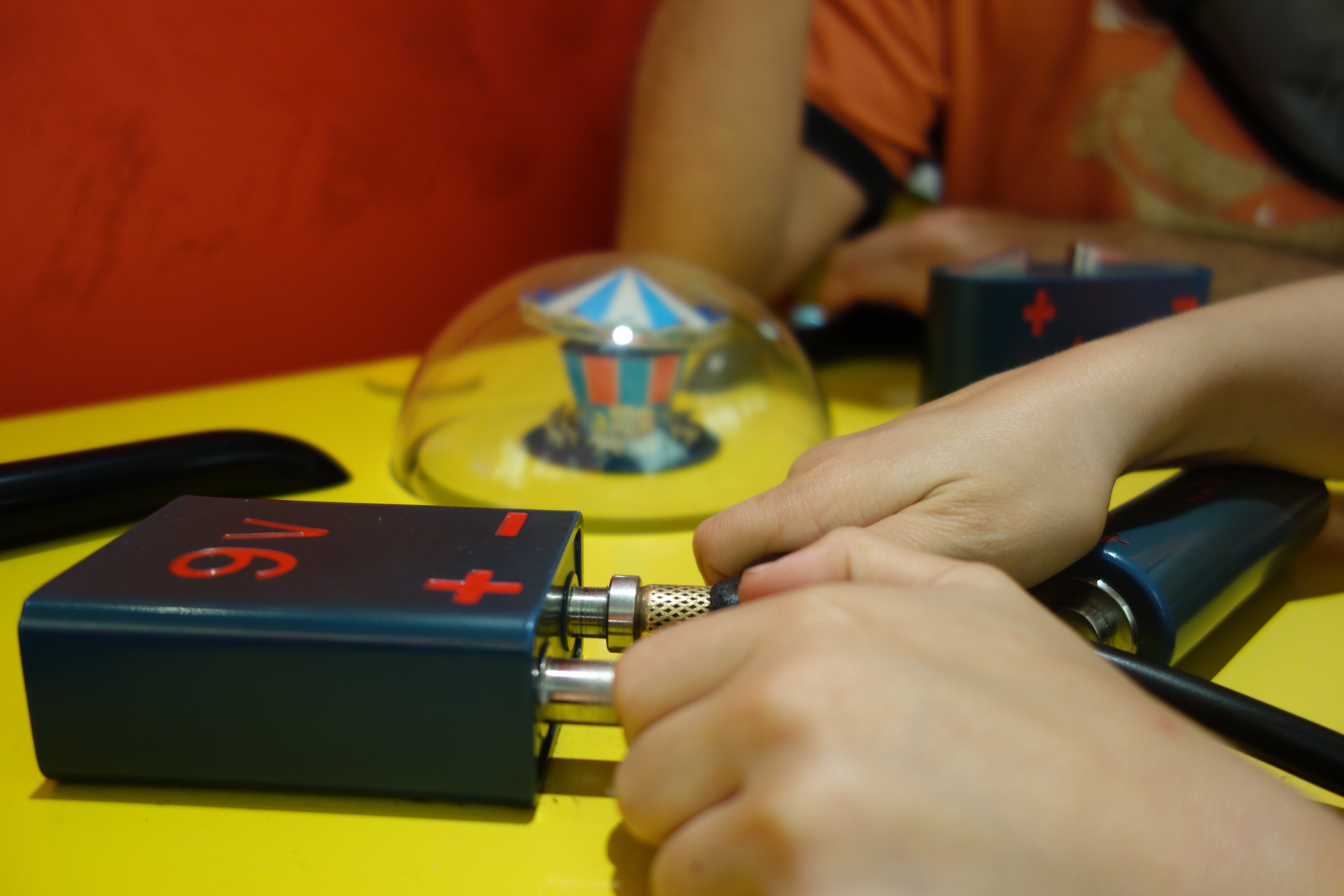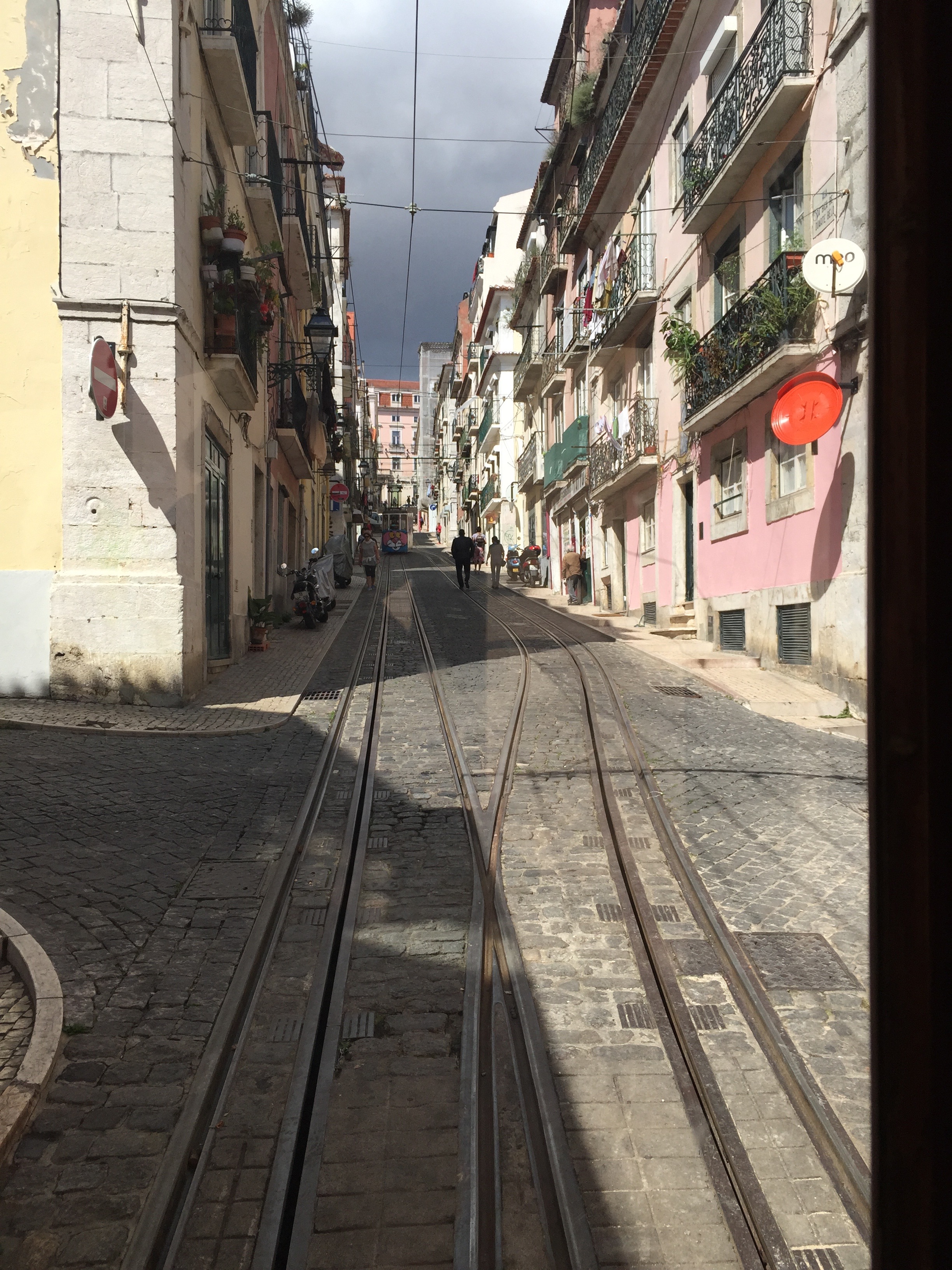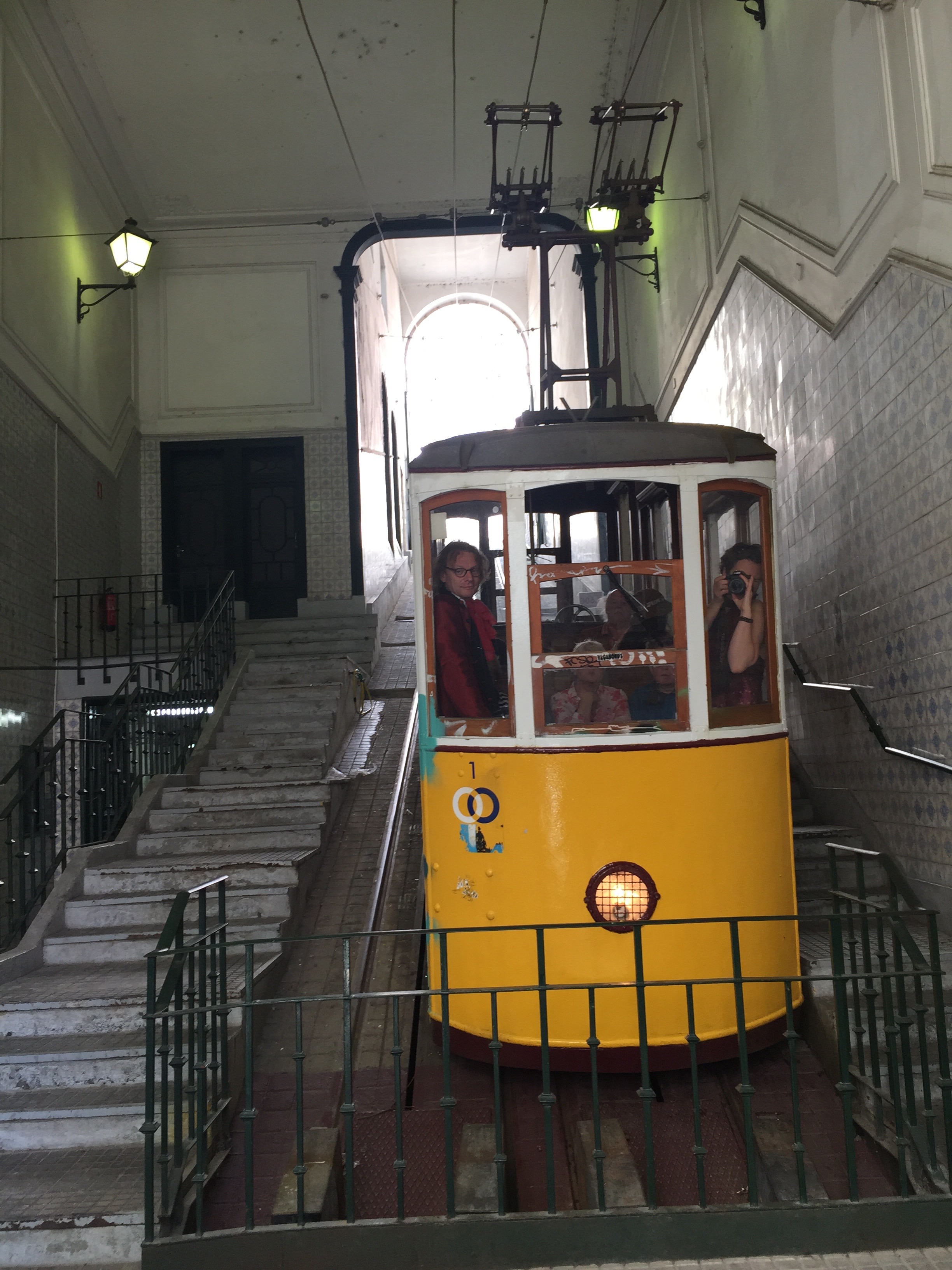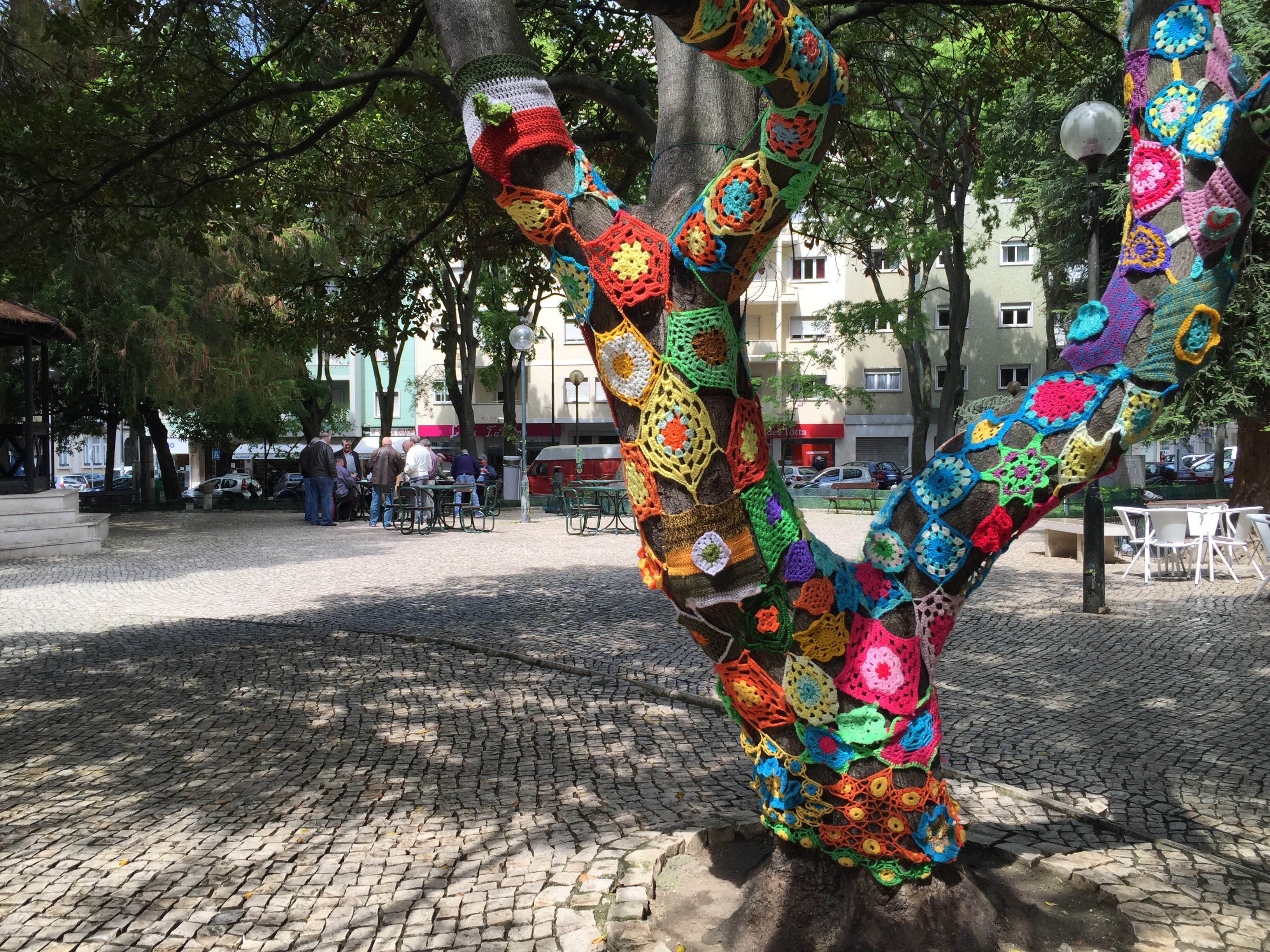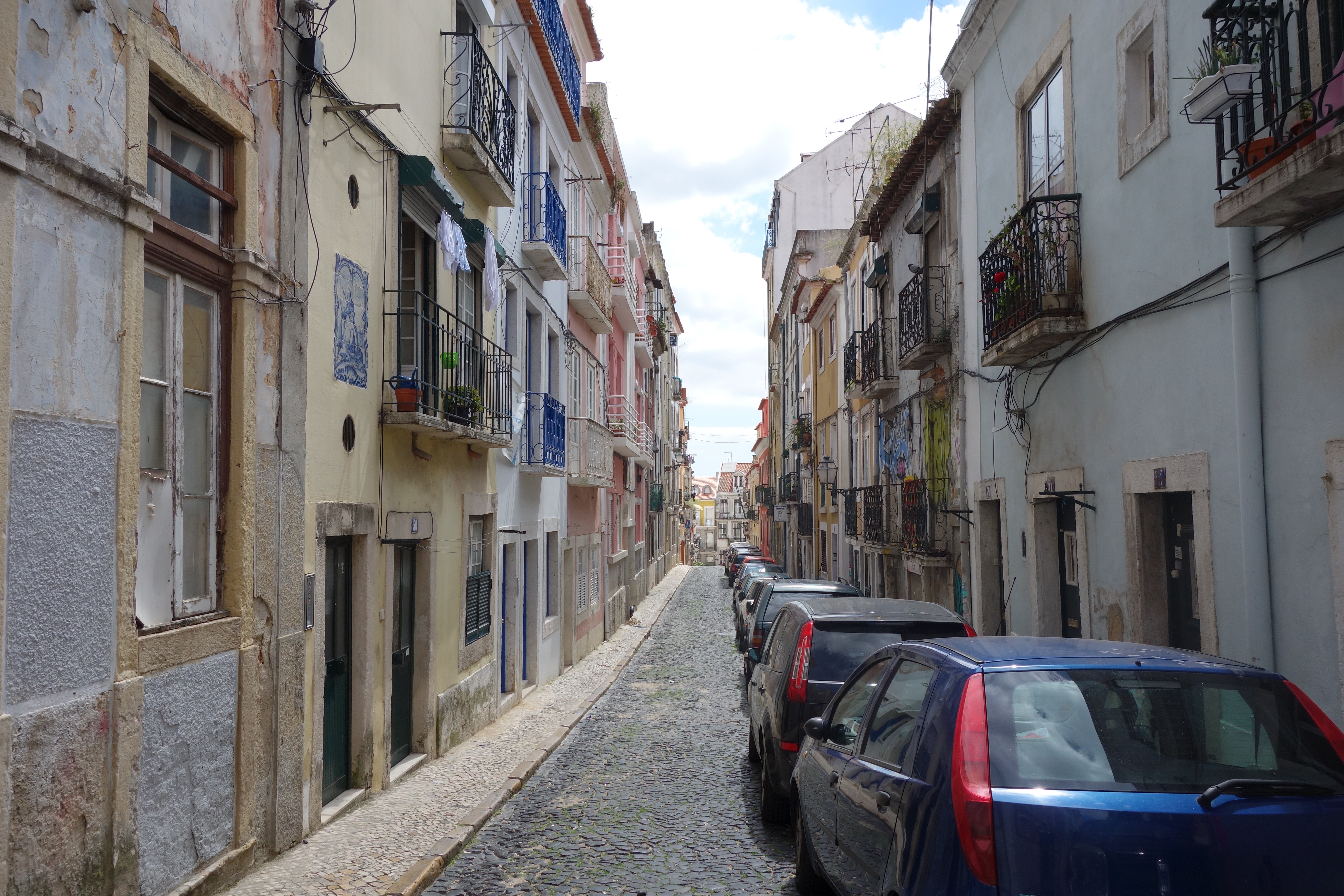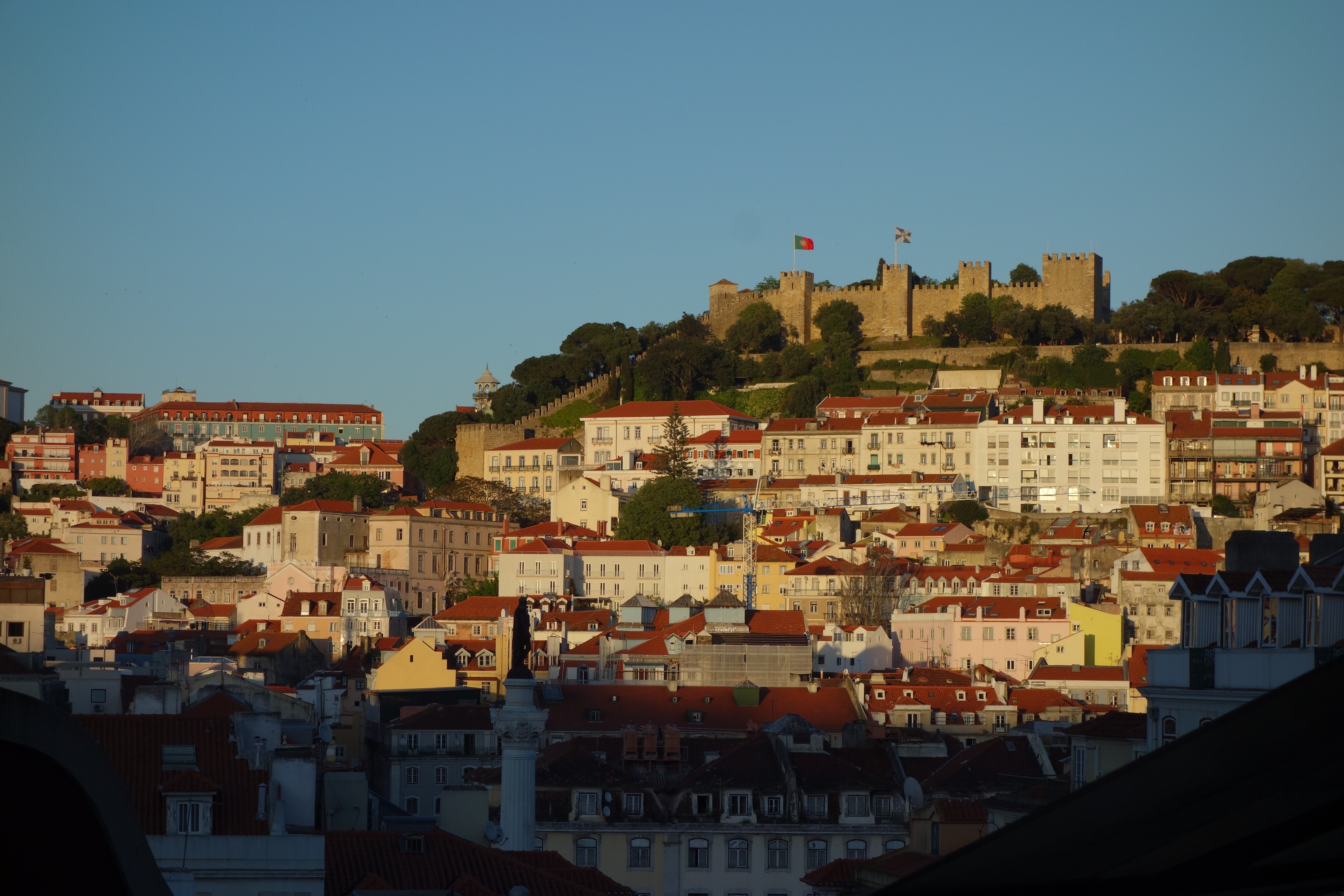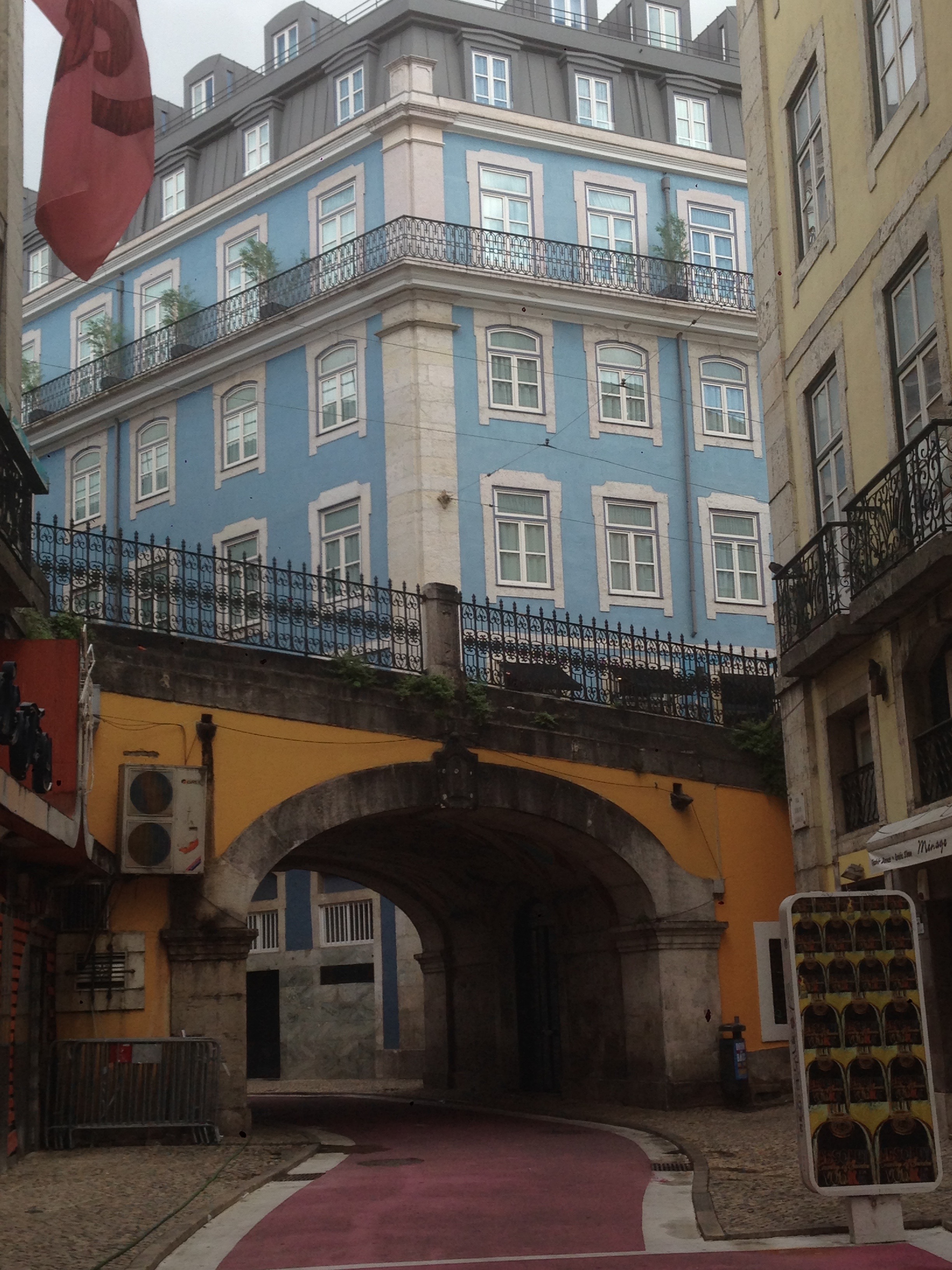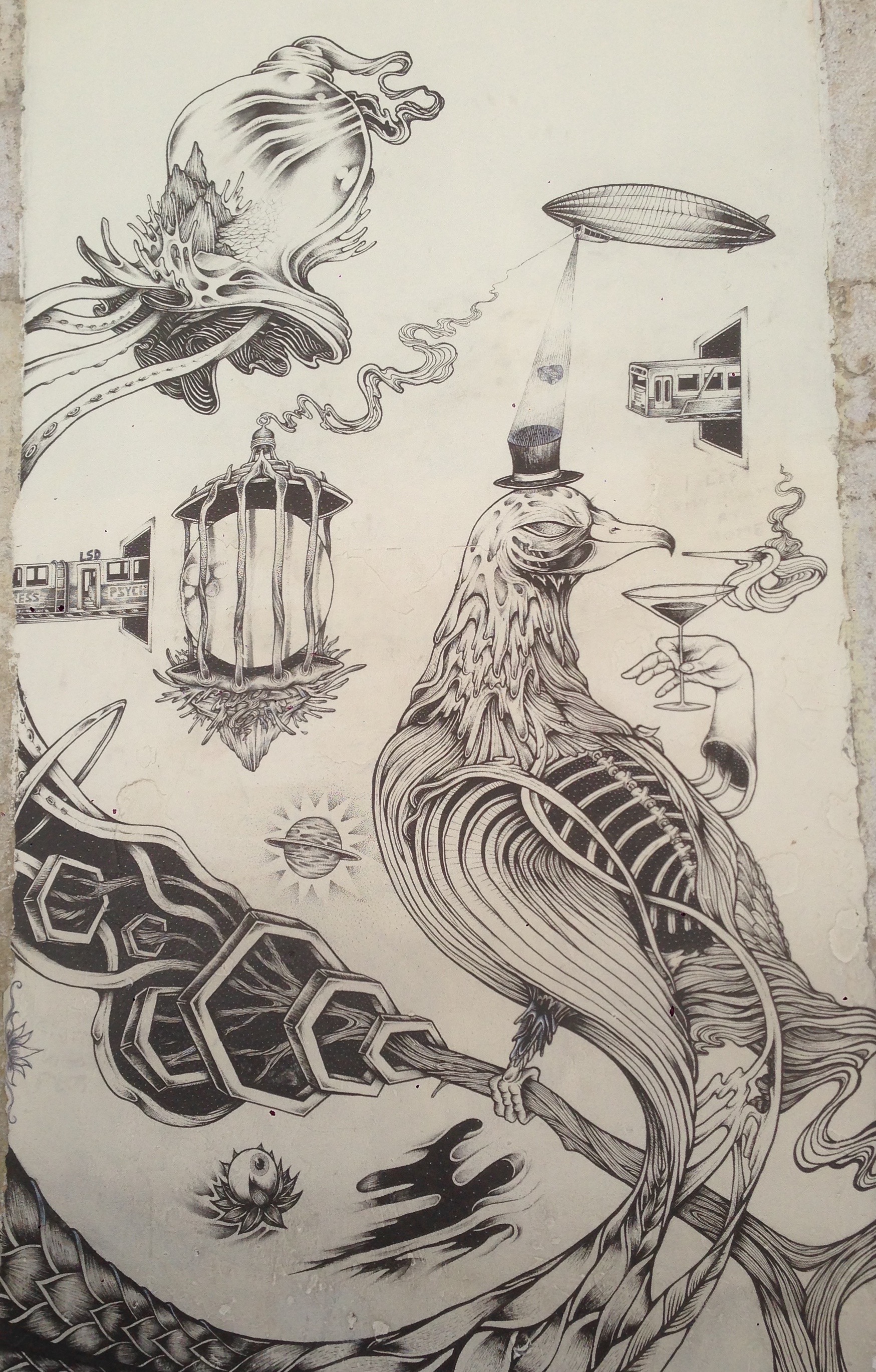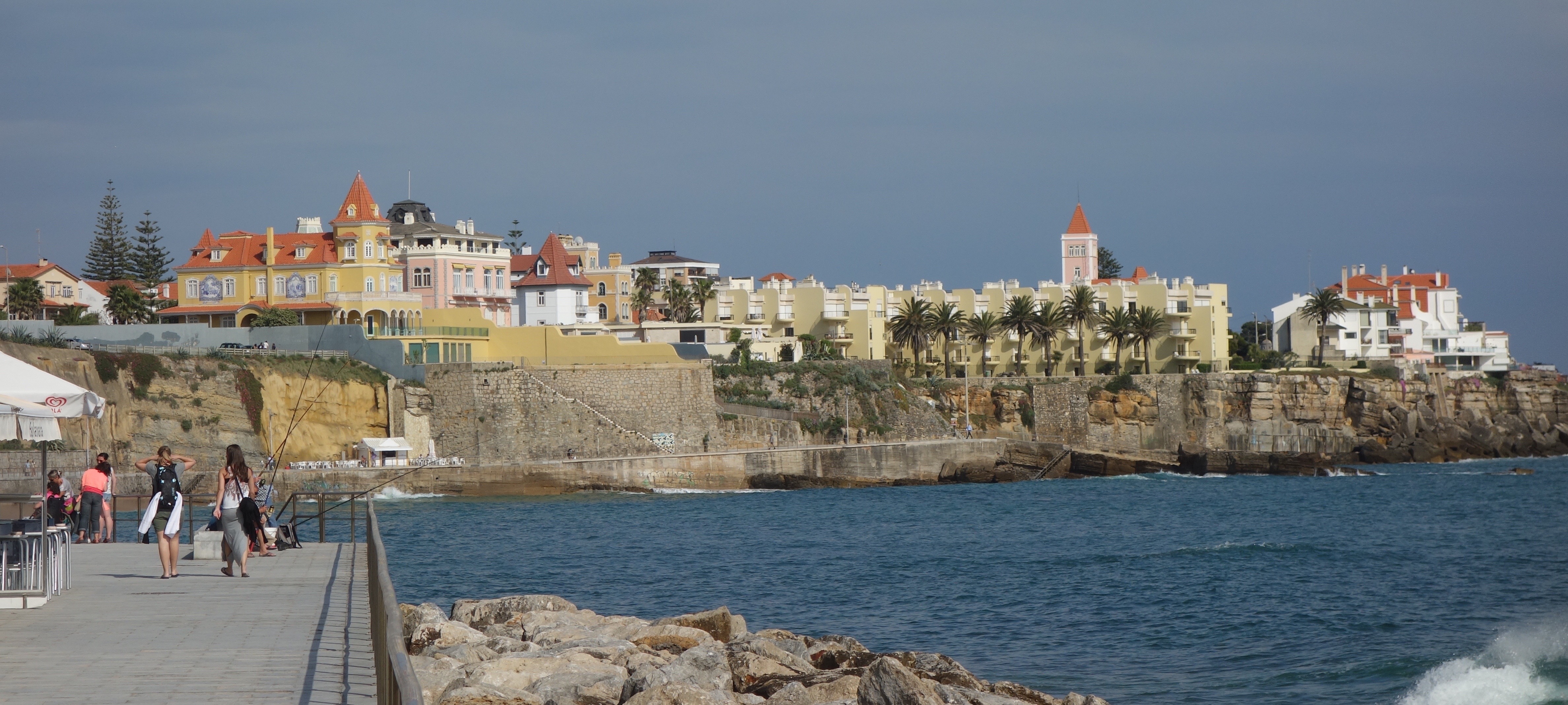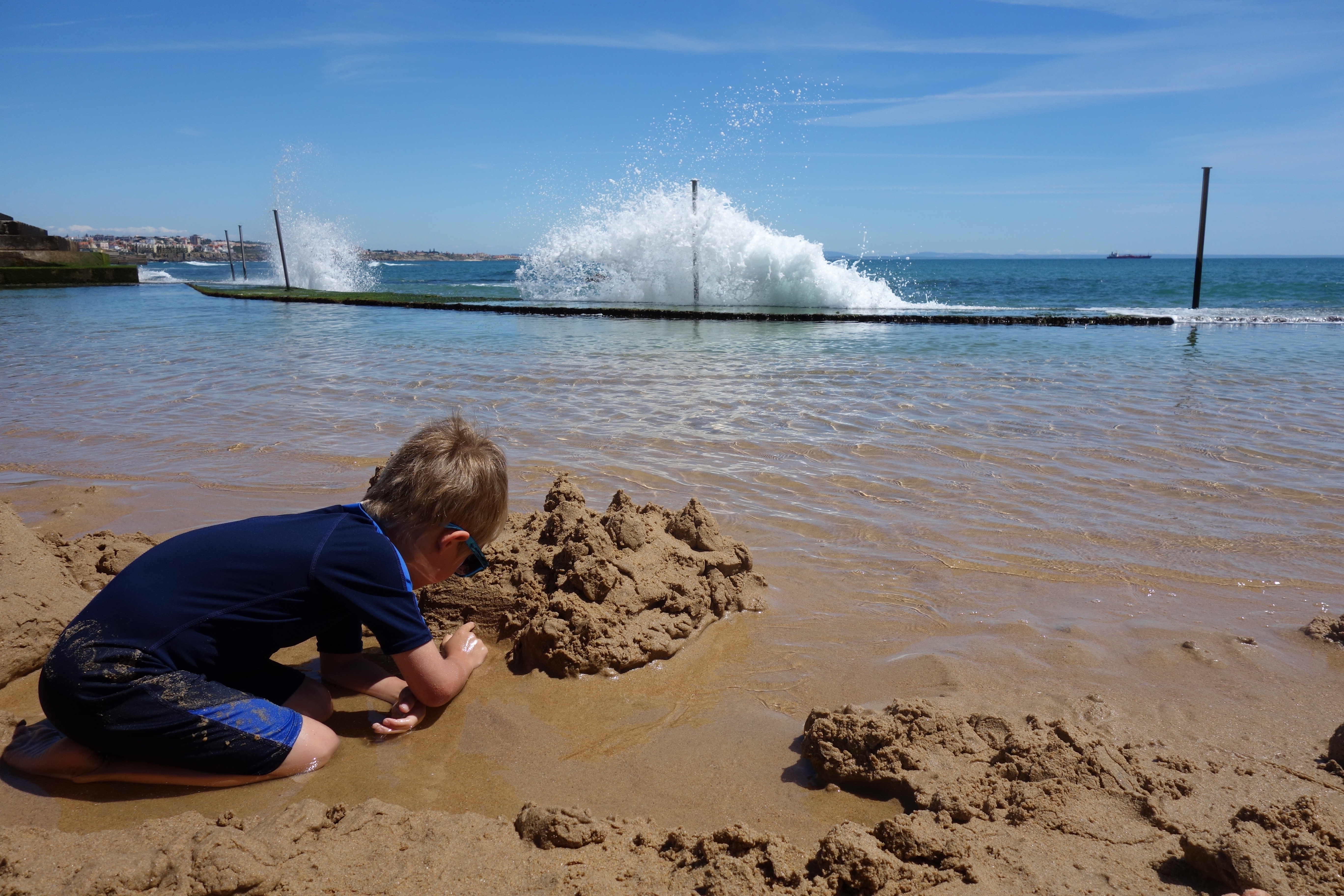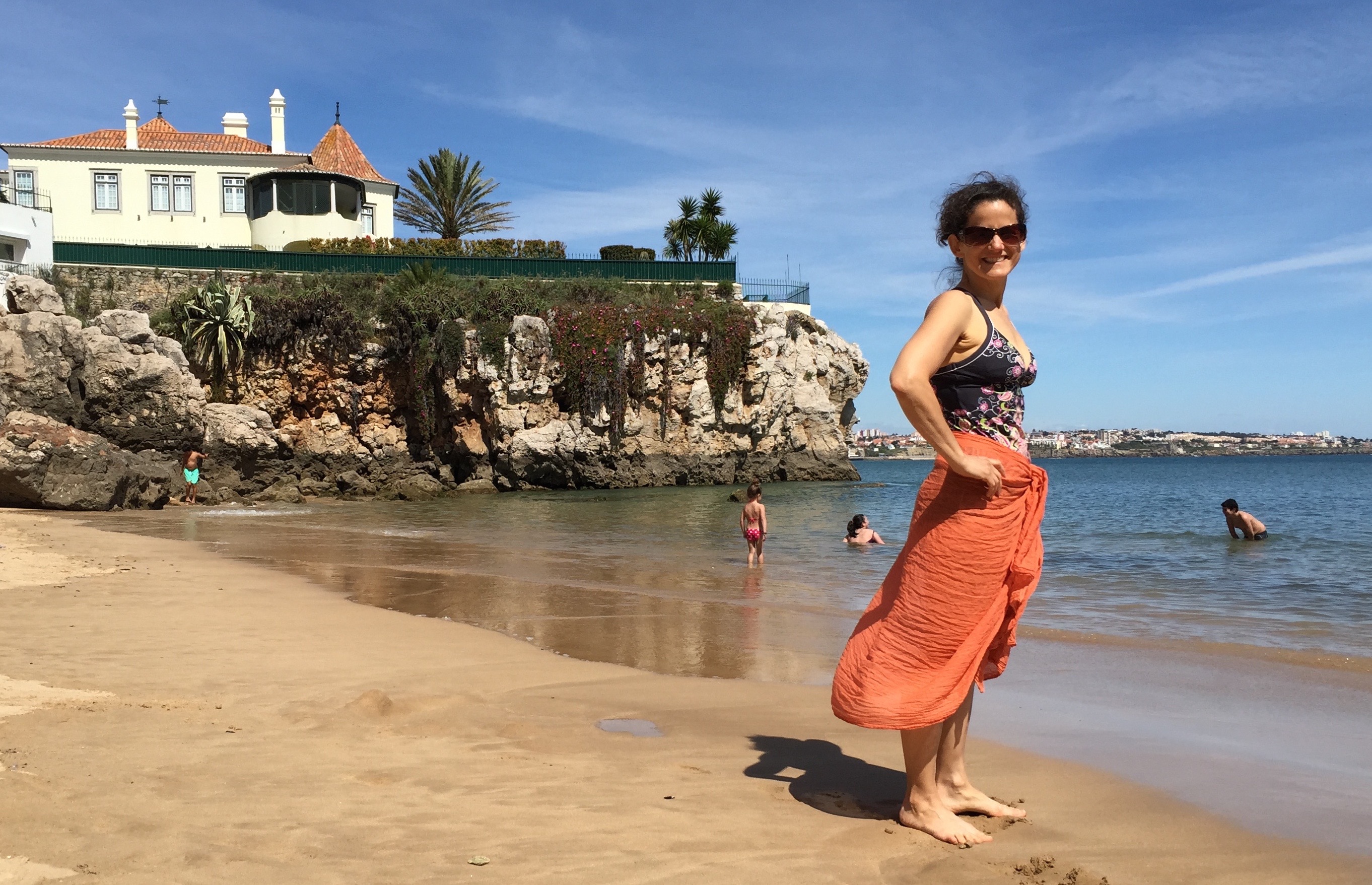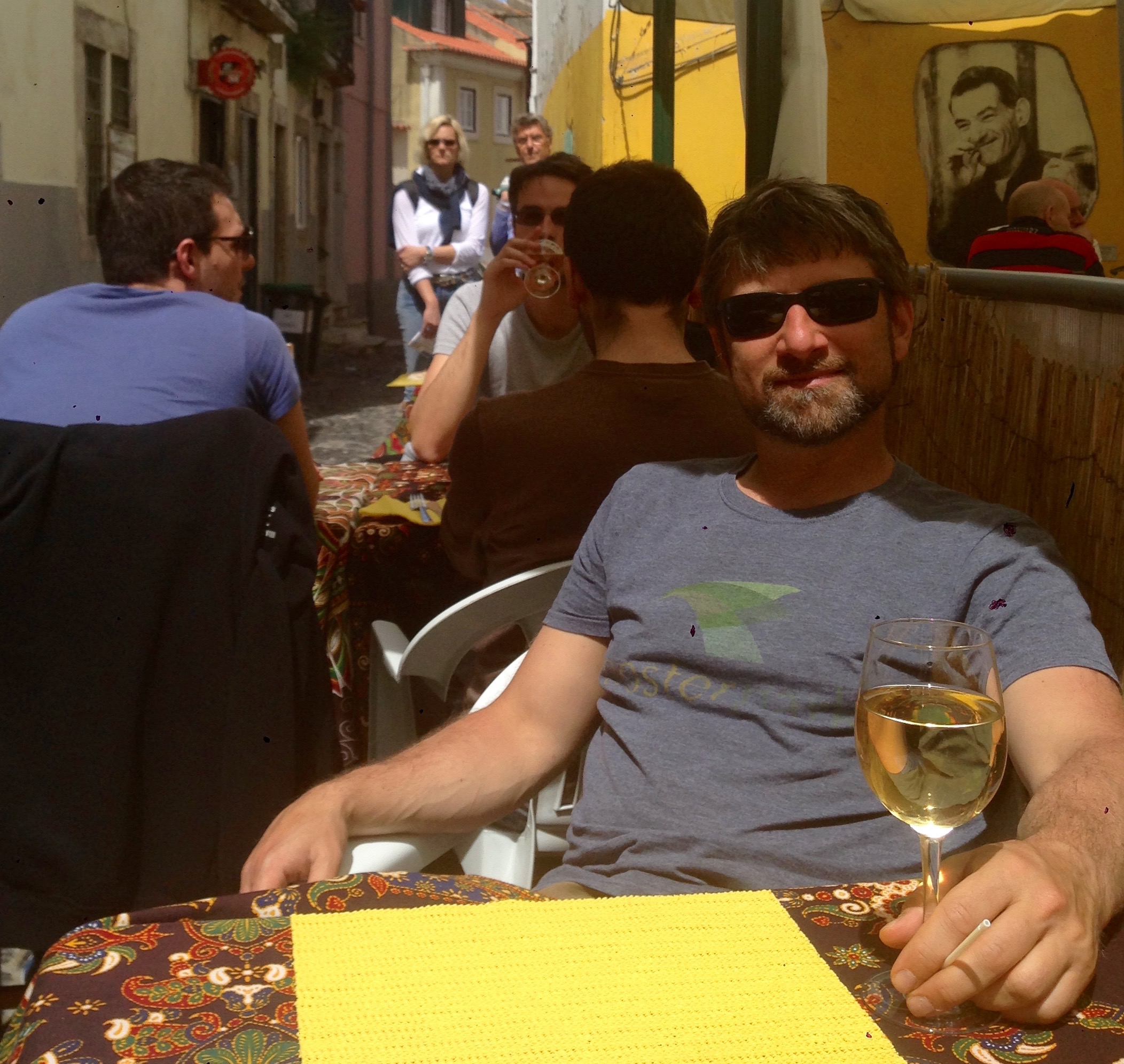
When we first started our adventure, we promised not to skim, bouncing from photo opp to photo opp, checking things off the bucket list. We wanted to go deep, live somewhere different, not just visit somewhere different.
Seville, at three weeks, was our first attempt, and, while we got to know the city, I wouldn’t say we became a part of it. The language barrier was formidable, and, we were (are) visitors, without a network to plug into.
When we leave Lisbon, we will have lived here for just over a month. Again, not long enough to become a part of it, but I do feel like we know it better than we have the other cities we’ve visited on our trip.
This is partly driven by the language: in Spain, you’re expected to speak Spanish (which we don’t), but in Portugal (or at least Lisbon), English is almost universal. Perhaps it’s because nobody elsewhere speaks Portuguese, or, as it was explained to us by a British expat on the train, it’s because so many Portuguese are looking to leave their country for better opportunities, that they must learn another language.
Sitting in Copenhagen Coffee Lab, the minimalist coffee shop near our apartment where I’ve spent some days working, I was surprised at the steady stream of customers who came in and conversed with the Danish baristas in accented English. But of course, it makes sense: when a Frenchman wants to speak to a Dane in Lisbon, what language do they choose? Certainly not Portuguese. English!
Lisbon is a city of crumbling grandeur. Once the seat of a worldwide colonial power, Lisbon’s population has dropped from 800,000 just 30 years ago to 500,000 in 2011. This exodus, along with the European economic crisis, has taken a very visible toll on this once imperial city. Cracked and mildewing stucco struggles to hold up collapsing terracotta roofs on every block. Abandoned buildings with inadvertent green roofs and broken out or bricked in windows are interspersed with occupied homes, sometimes floor-by-floor. It leaves a bit of a post-apocalyptic feel in some areas, where you half expect a monkey-man to chitter and hurl rocks at you from garbage-strewn balconies, wind tumbling garbage bags down the street.
But at the same time, it is a city alive. The old trolley line still toils up the hills, ferrying working commuters and tourists alike through the cobblestone canyons. Wending our way up to the Castelo de São Jorge that overlooks the old downtown, we passed a circus school, colorful graffiti, and a free “library” of a dozen books and a couple of chairs set up in a tiny, shaded plaza. Jardim da Estrella boasts one of the finest playgrounds we’ve come across, with giant climbing structures, multiple sets of swings, climbing walls and other twirling apparati. Art galleries and “concept stores” speckle the streets.
Michelle and I have eyed the once splendid buildings, now empty, and wondered how much it would cost to buy one, and fix it up. That one, there, next to the quiet little park, just idling and settling into ground. How many families could live there with a bit of carpentry and a coat of paint?
Lisbon is also blessed with proximity to the Atlantic and the gorgeous Portugal coast. We’ve escaped the city a number of days by walking down to the nearby Cais Sodre train station, and, for about $5 each round-trip, taken a short train ride to nearby Cascais and Estoril. The train drops us just a few hundred feet from some of the loveliest beaches we’ve been to, and, while the water is cold, the sand is perfect for castle building.
We’ve also managed to cadge a couple date nights by posting for a sitter on the Lisbon board of couchsurfing.com. While it’s meant to be a site for finding a place to stay while you travel, it’s become a great method for locals and travelers just looking to meet, and, because it’s a reputation-based social network, we were able to look at “reviews” of our potential sitter by people she’s spent time with in the past, either as a guest or a host. Sujal, a German-educated Indian architect living in Lisbon, was a perfect sitter for Zev while we took a couple much-needed adult-only night out.
A sampling of our life:
- Six weeks in, I got my hair cut. No offense to Spin or Eric, but it was one of the finest cuts I’ve had, made the better for the fact that the “barbershop” was a swanky cocktail jazz bar that happened to double as a barbershop. Also, the stylist cut the detail work with a straight razor. Sharp.
- Our second AirBnB apartment sports a balcony that looks down a short alley to the beautiful Jardim Fialho de Almeida. While the street noises can be troublesome, we’ve gotten a birds-eye view of the local life, getting to know the local alcoholics, piercing the mysteries of the parking system and watching the comings and goings of the families.
- A trip to the Electricity Museum delighted both Zevin and his parents. In an old converted power station, it retains all the old equipment, decommissioned but animated, allowing you to walk through and see exactly how the whole system worked. At the end, a set of interactive electrical exhibits could of devoured Zev’s whole day (and more or less did).
- There’s an old cemetary we ended up in one rainy day. We took cover in the chapel cum autopsy room through the worst of it, then strolled down the avenues of mausoleums. Helpful signs pointed out the cemetery iconography and themes (or so we believe, as they were all written in Portuguese).
- TAP, the Portuguese national airline, and Lisbon’s metro system have both been on strike at various times since we’ve been here (interrupting our travel in various ways): the people are resisting the privatization of these these nationally-owned infrastructure pieces. The protests in the plazas, strident citizens at bullhorns riling the crowds, has served as a wonderful “worldschool” moment for Zev, leading to conversations about how the world economy functions, what sets the values of currency, depressions, recessions, etc. “Tell me more!” he insists, over and over, until we can tell no more.




